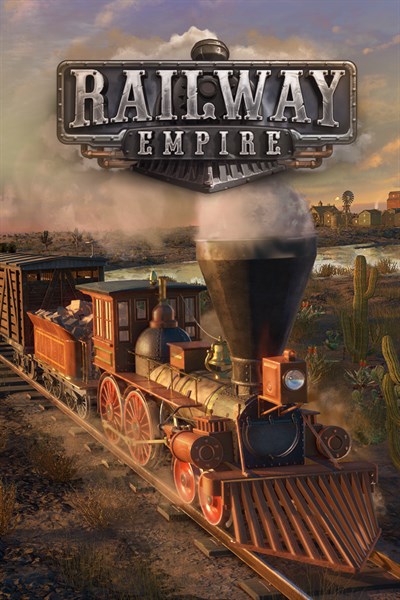From BioWare to Beamdog and Now MythForce with Co-founder Trent Oster
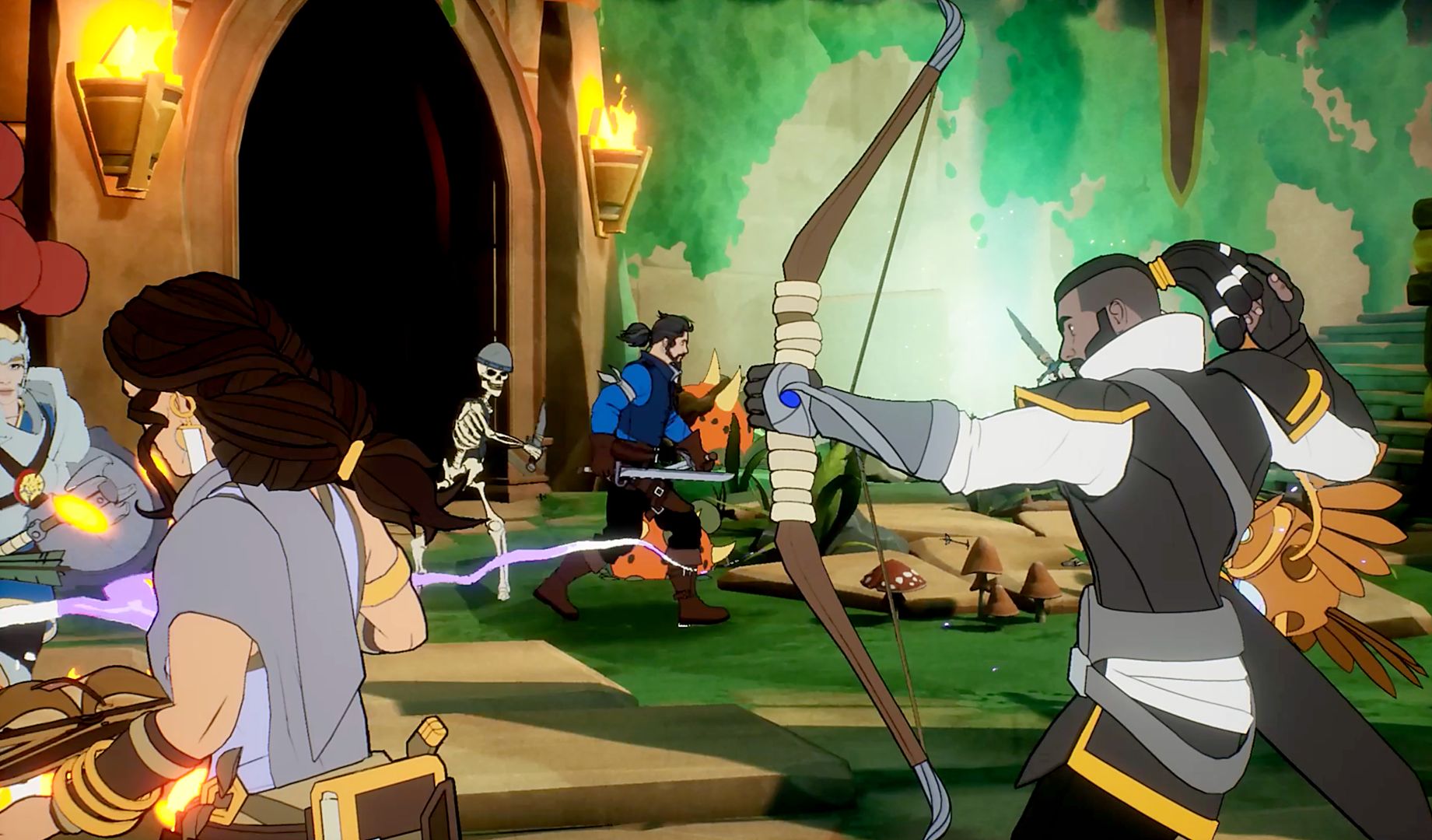
Summary
- The team at Aspyr chats with Beamdog Co-founder Trent Oster.
- MythForce is an upcoming roguelike adventure game with a classic “Saturday Morning Cartoon” cartoon aesthetic.
- MythForce is launching this fall for Xbox One and Xbox Series X|S.
Calling all heroes, Saturday Morning Cartoons are back!
Deep in the land of Eldryth, a kingdom of magic and power, there’s more that lies in wait than simple quests for our brave heroes. Beyond the castle ruins in the old forest, a vampire of blackest heart calls upon his sorceress, Hexstar, to raise the dead armies and ready them for war. Who will stand and face these perils? Who will claim victory over their foes… through the power of teamwork?

As you might have seen in today’s IGN x [email protected] Digital Showcase, we debuted a brand-new villain (Hexstar) and announced the inevitable release date of our upcoming title for September 12, 2023, for Xbox One and Xbox Series X|S. Inspired by beloved Saturday morning cartoons, MythForce unites swords and sorcery with gripping first-person combat in a new roguelike adventure.
To learn more about this upcoming game, our team at Aspyr had a chance to sit down with BioWare and Beamdog Co-founder Trent Oster. Here’s what he had to say:
What inspirations from your work in Baldur’s Gate and Neverwinter Nights have you applied into MythForce?
We were heavily inspired by our previous work. Some of the major inspiration came from the differing roles of the character classes in our legacy D&D games. A Rogue character plays very differently from a Mage and from a Fighter. In MythForce, this is especially true, with the Rico character acting very much like a rogue, hitting high-impact targets and getting out. Maggie plays the mage archetype, high damage, but not a lot of defense. Victoria anchors the party as a stout fighter, soaking up damage with a shield and controlling the tempo of the fight, and Hawkins is closest to a Ranger, a combination of ranged precision damage, stealth, and some magical ability.
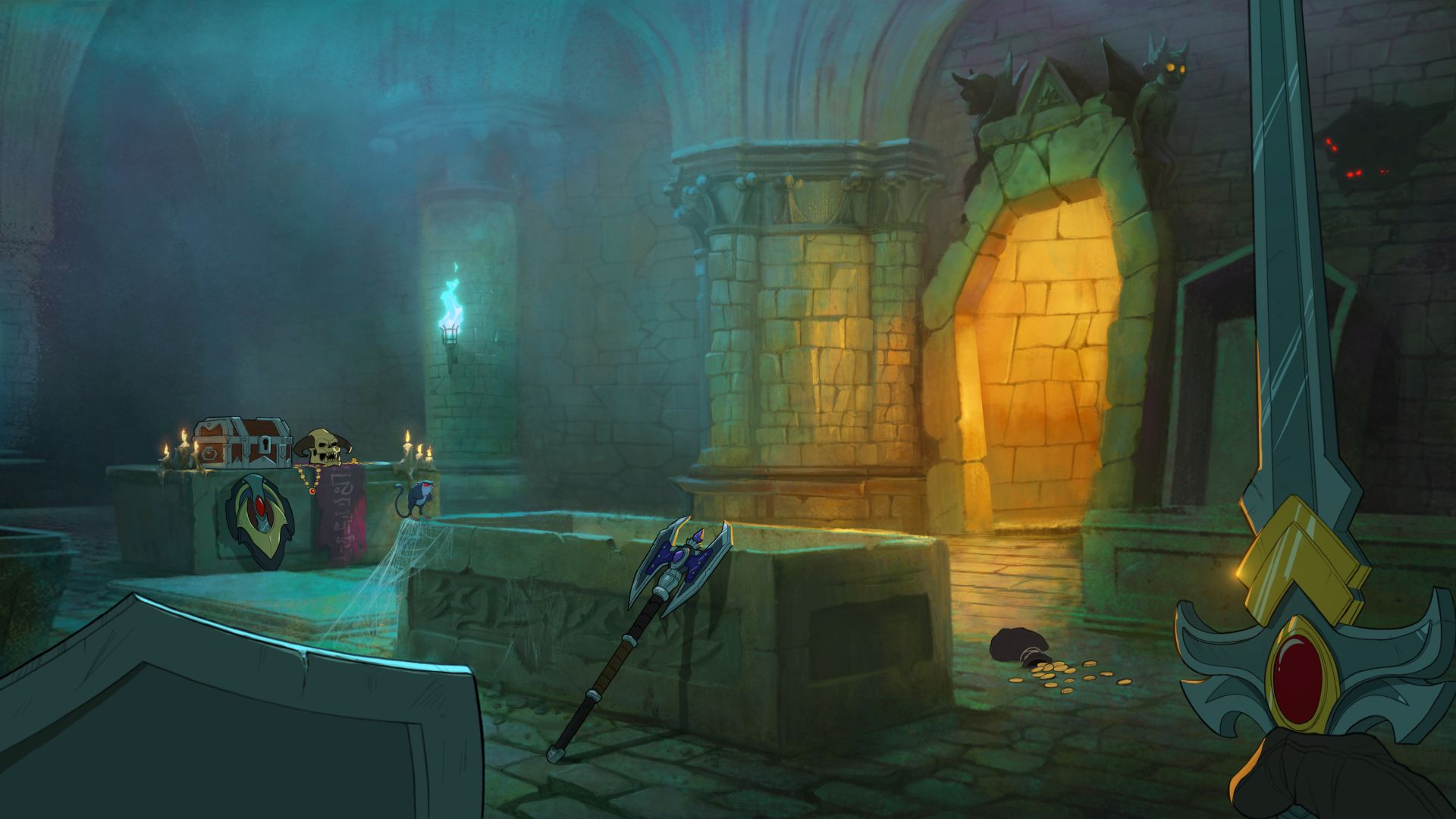
What are your roguelike inspirations for MythForce?
We drew inspiration from roguelikes across the whole genre, from classics like Nethack, to understand the roots of the genre and see how much of the “rogue” in roguelike we wanted to adopt, to more recent games like Hades and Darkest Dungeon, with how they managed to successfully incorporate narrative and a linear story into a genre that’s famously story-light. We felt that that integration of narrative was important to our roots, so it was an important touchpoint for us.
We also played a lot of games and took inspiration from other multiplayer co-op roguelikes like Barony, Deep Rock Galactic, Risk of Rain 2, and Gunfire Reborn, each of which we analyzed in their approach to a scalable multiplayer experience, where you can enter the dungeon and play with a variable number of players. We looked closely at how they approached cooperative gameplay mechanics and how the games scale difficulty with more than one character on the field at a time. We looked at how they approached player character synergies and how unique or bespoke each of the roles they presented were, and how that affected the gameplay experience in each game.
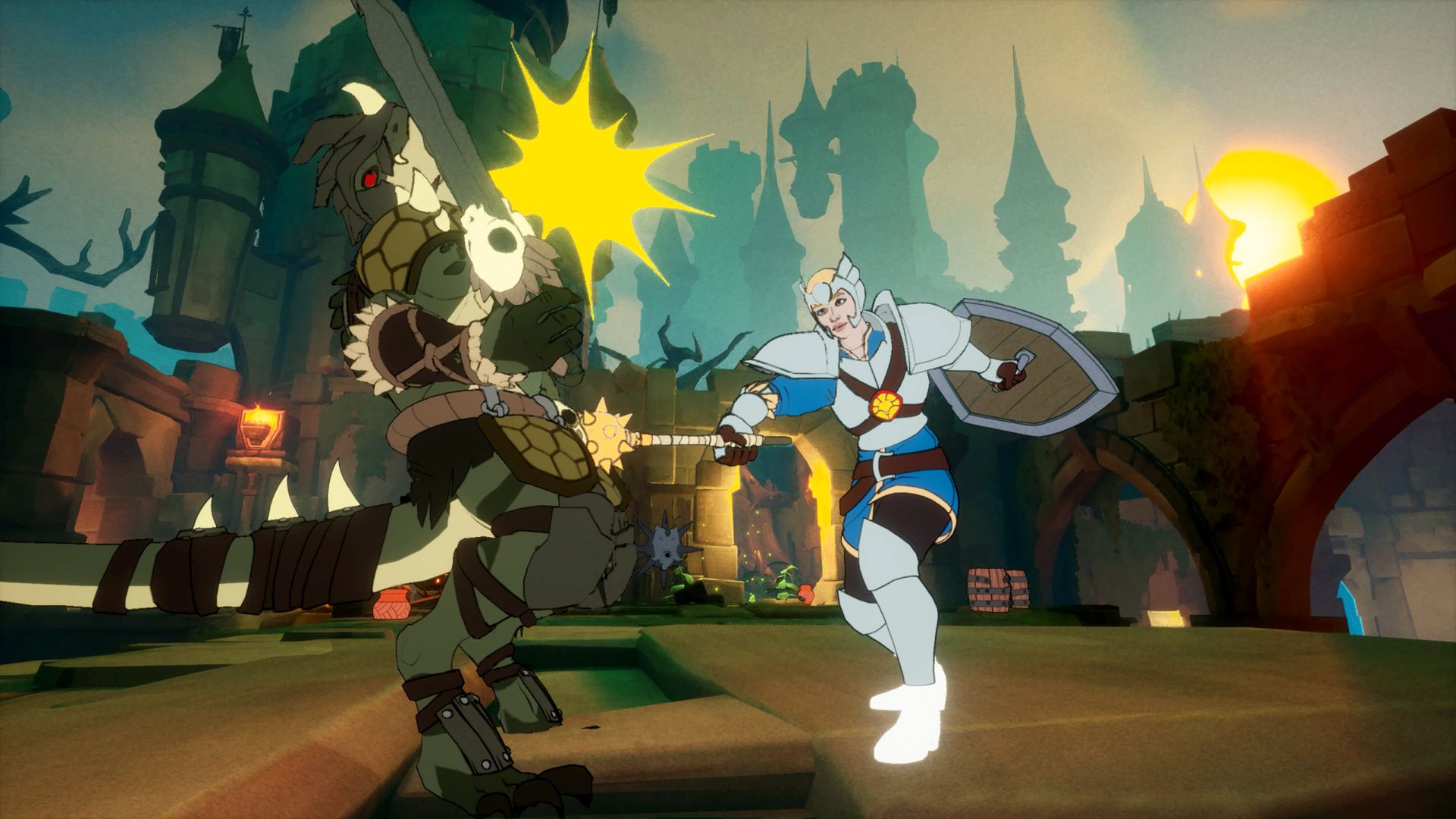
We love the depth of gameplay and the replay that roguelikes engender. A large portion of our development team either started as roguelike fans or have really embraced the genre and all of its possibilities while making the game.
The shaders in MythForce seem like they were created by a Saturday Morning cartoon fanatic. Can you tell us more about the art style in MythForce?
The art style of MythForce is a High Octane ‘80s Cartoon Homage that aims to feel as authentic as possible while still being an enjoyable 3D first-person experience. Both Luke, MythForce’s project director, and Eric, our art director, are huge fans of the classic cartoons of the era.

We did extensive research, watching and analyzing hours of classic cartoons and even looking first-hand at original animation cels and backgrounds, absorbing both the techniques and the limitations that the genre had. We were lucky enough that Eric was able to call in the support of a mentor with experience from that era, who impressed upon us the techniques, approaches, and shortcuts that were common to cartoons of that time, from flat-shaded colors on all animated elements, down to the visual separation of the characters from the environments, and the critical importance of detail management, subtle line work, and where you would and wouldn’t use shading.
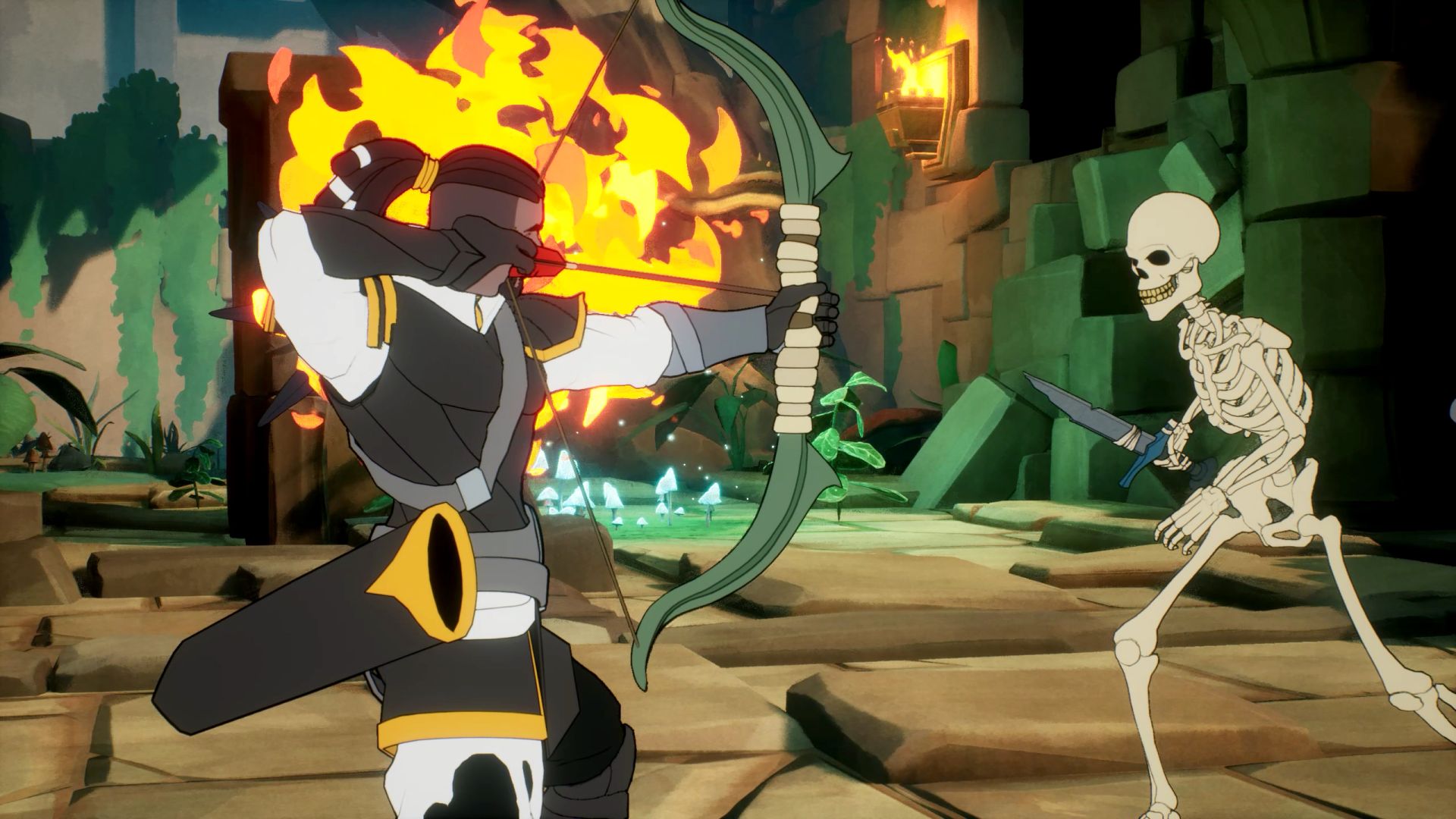
We dug into what gives an 80’s cartoon the recognizable visual style and we developed interactive shader techniques to pull it off in real time. We spent a good chunk of time and effort on this and we’re happy with the outcome.
For more on MythForce, visit www.MythForce.com, and follow along with the latest updates on Discord, Twitter, and Facebook.

